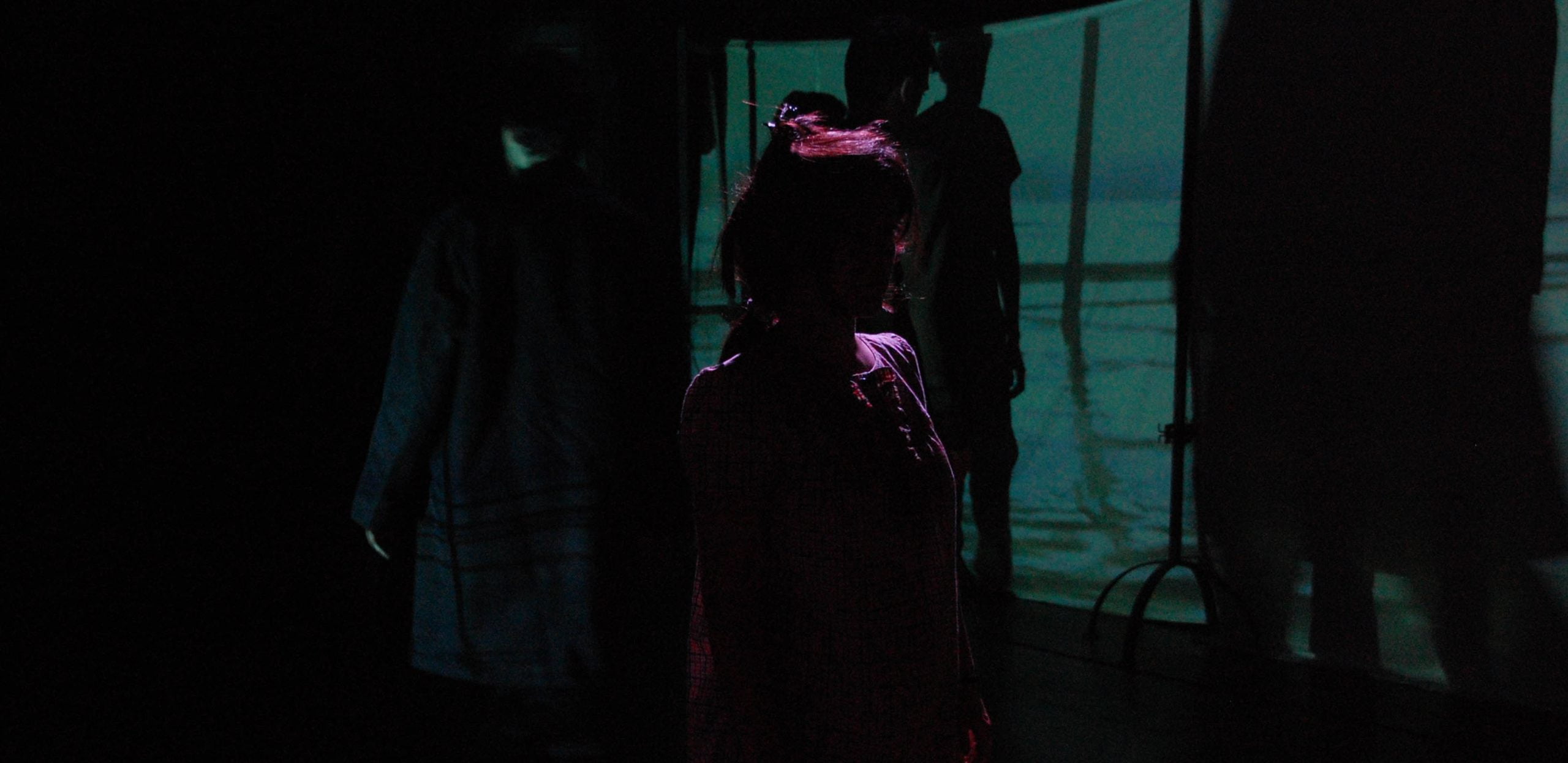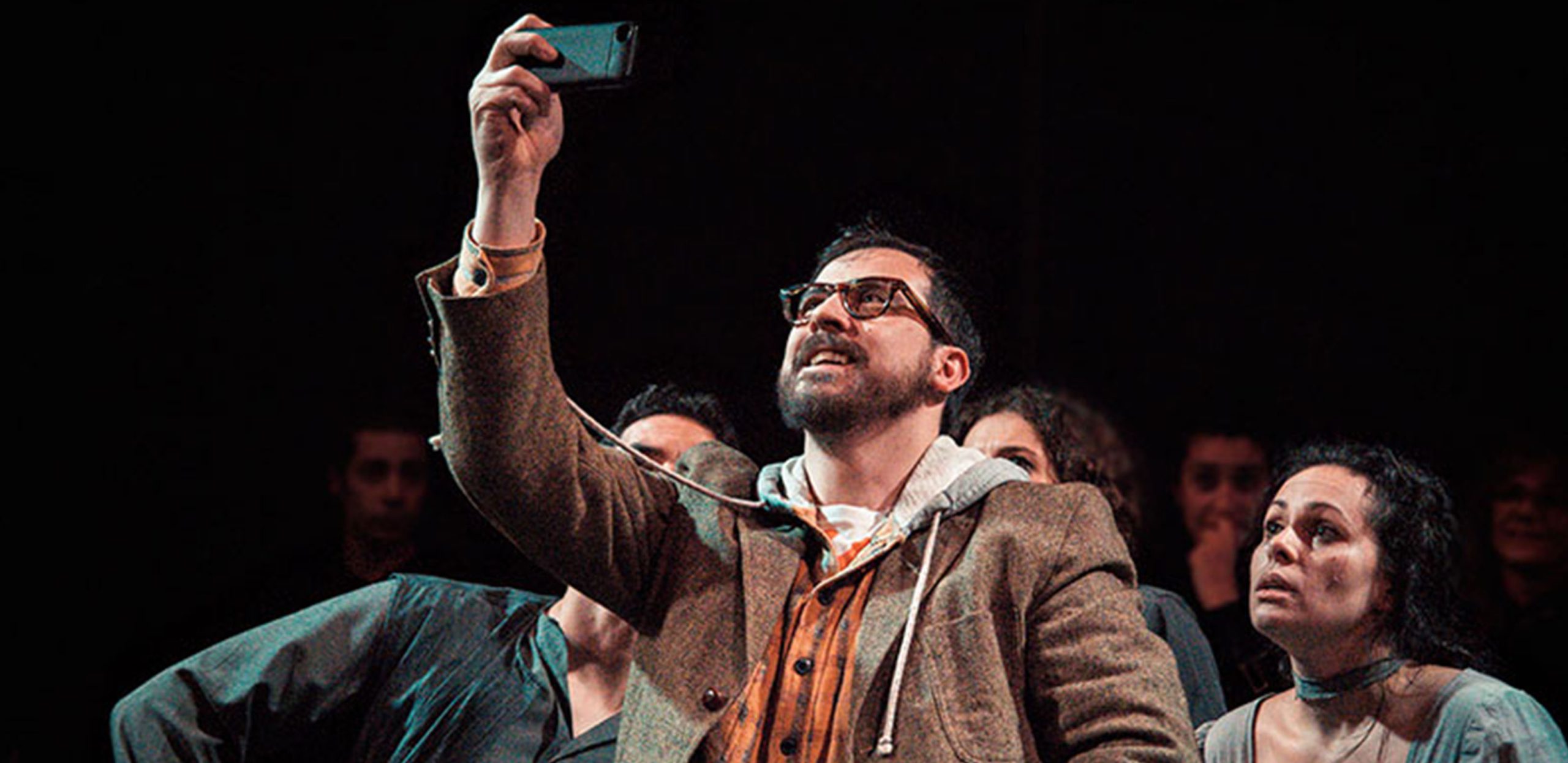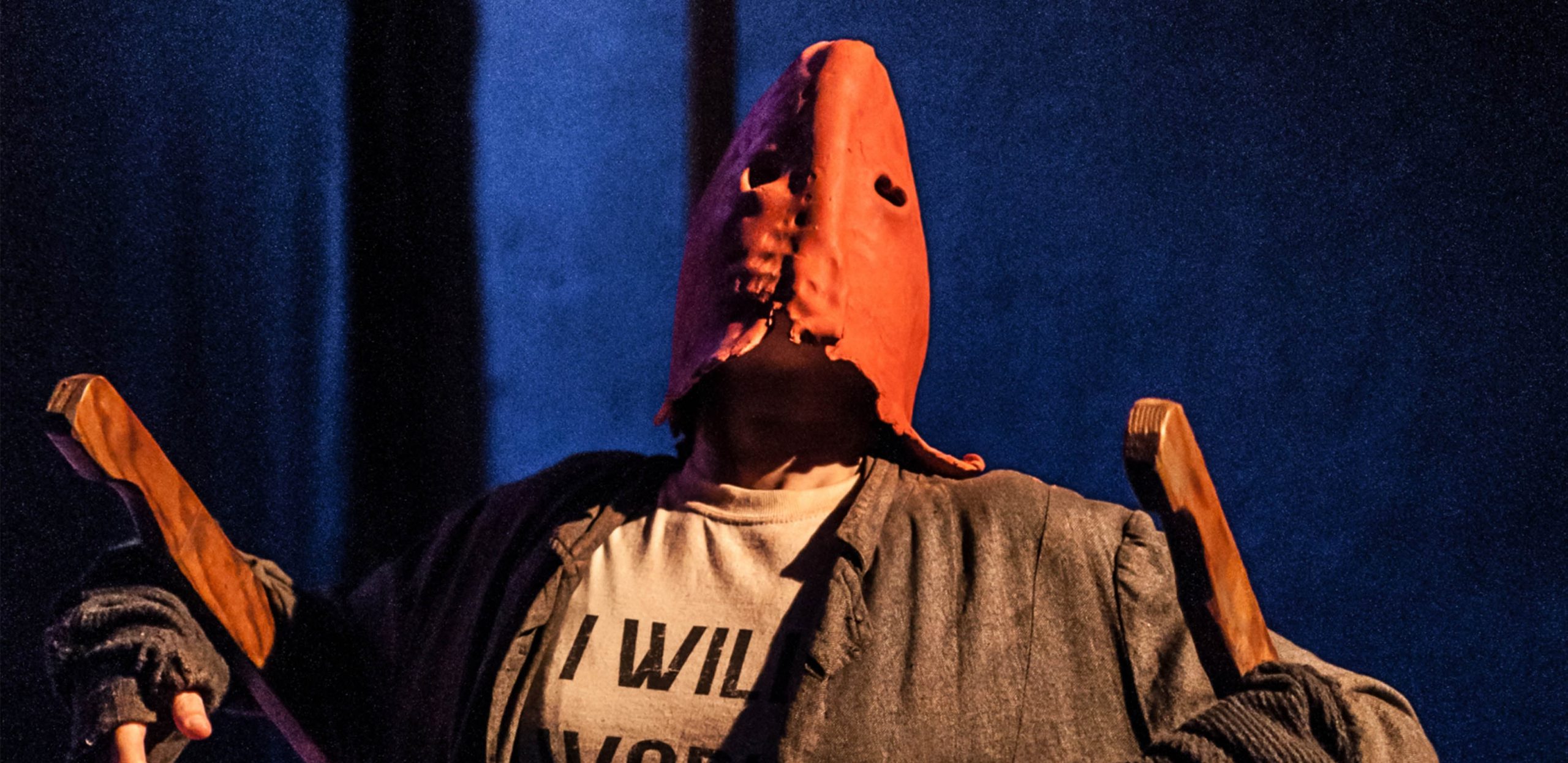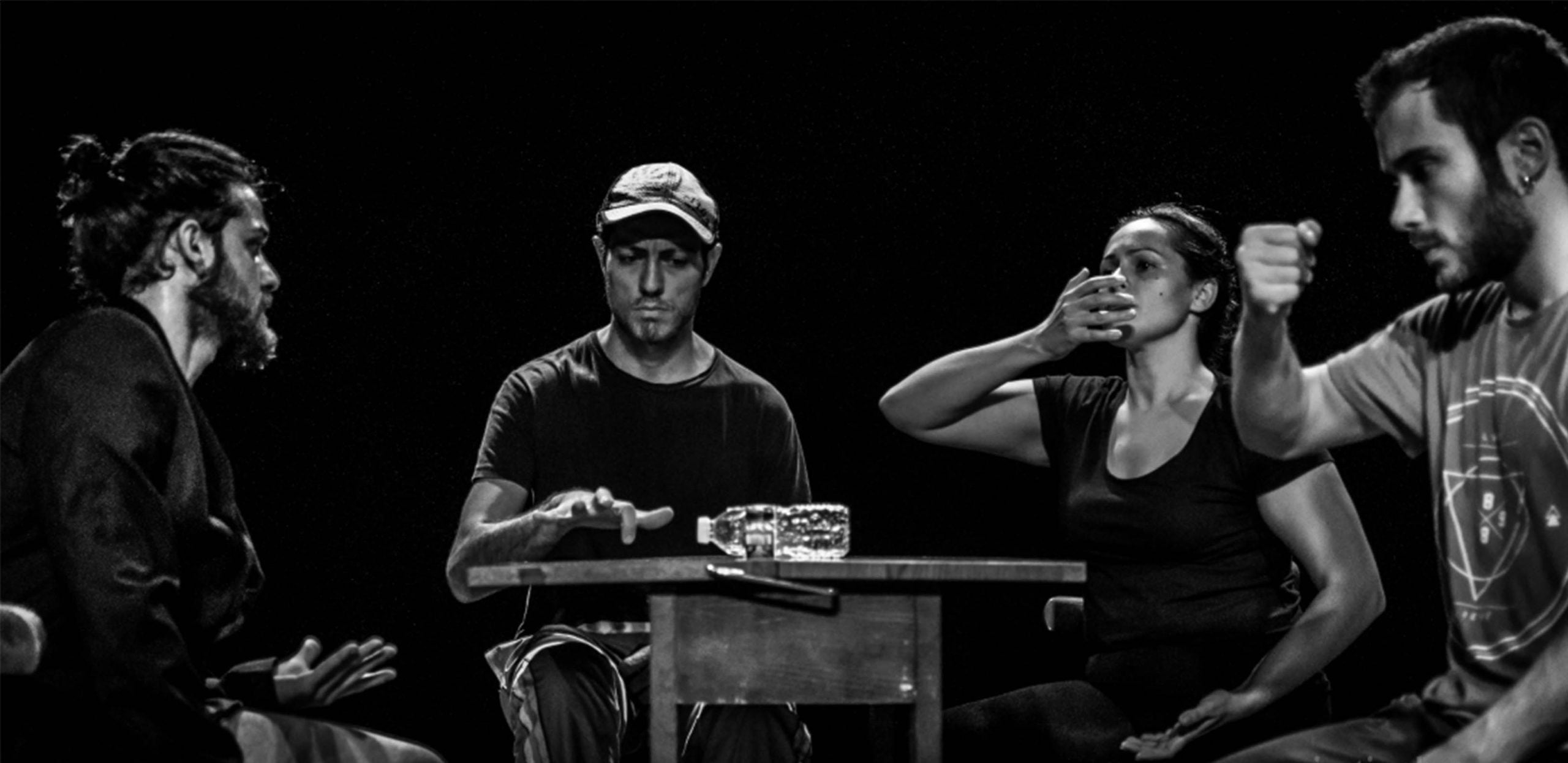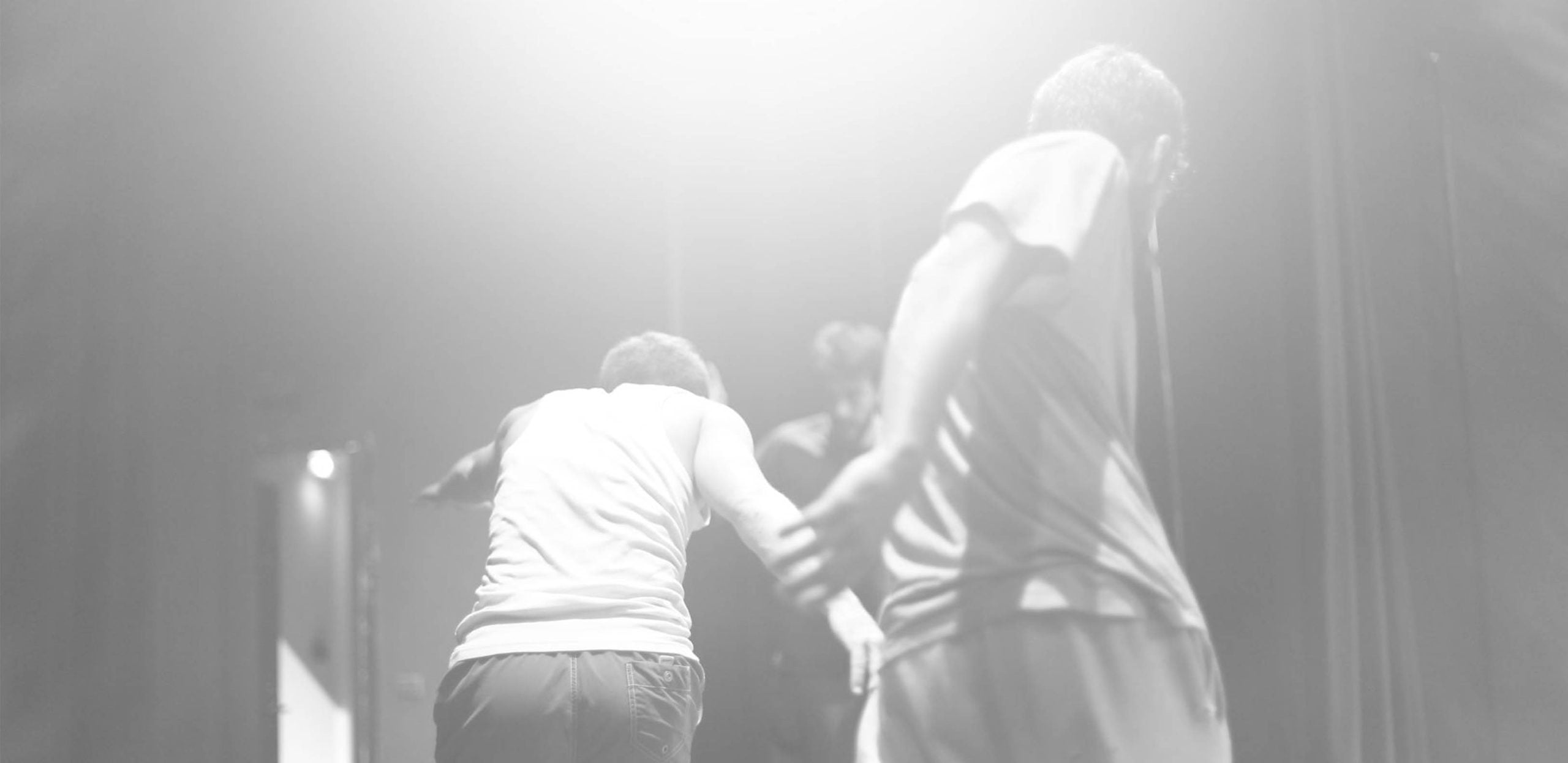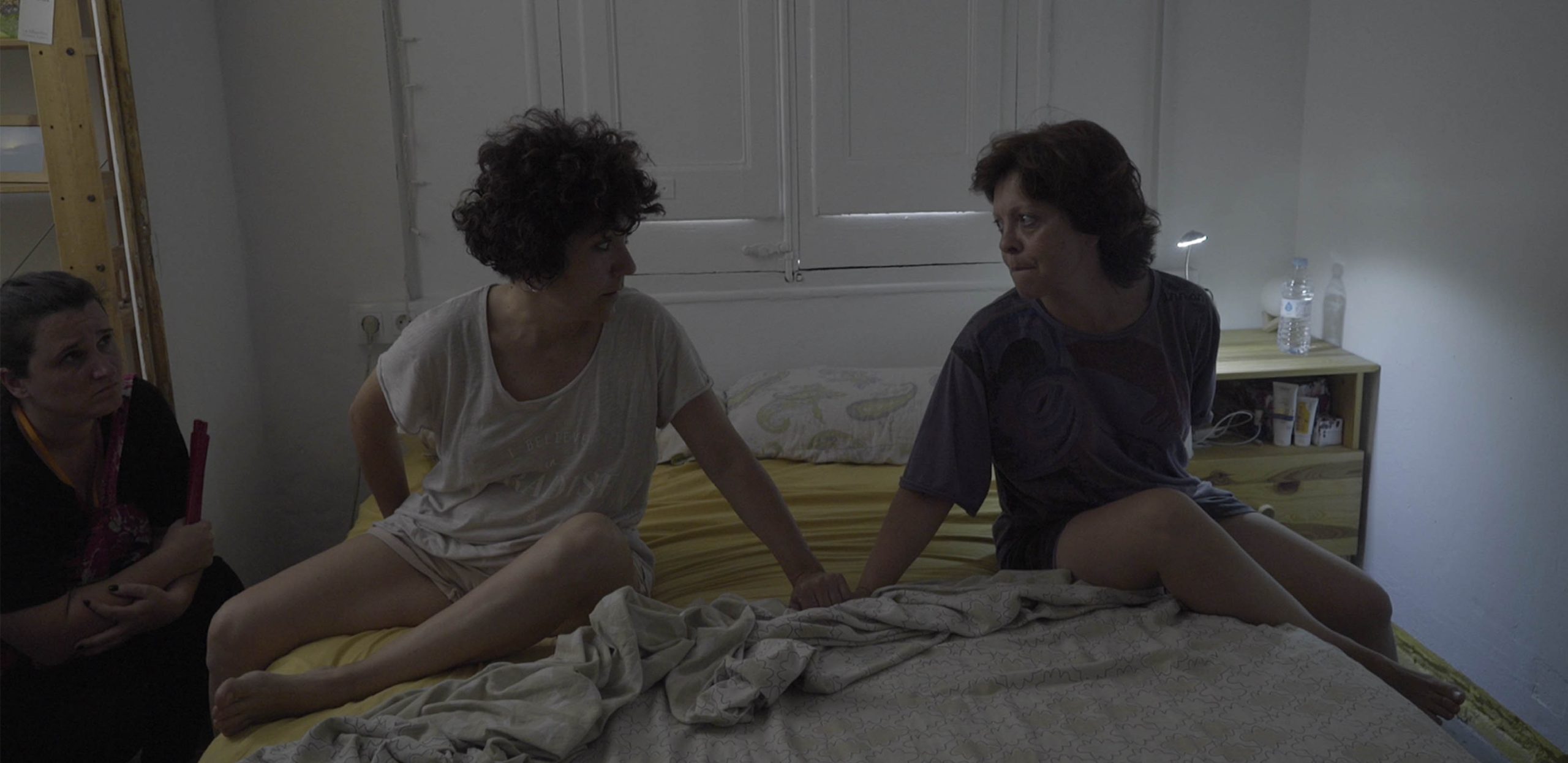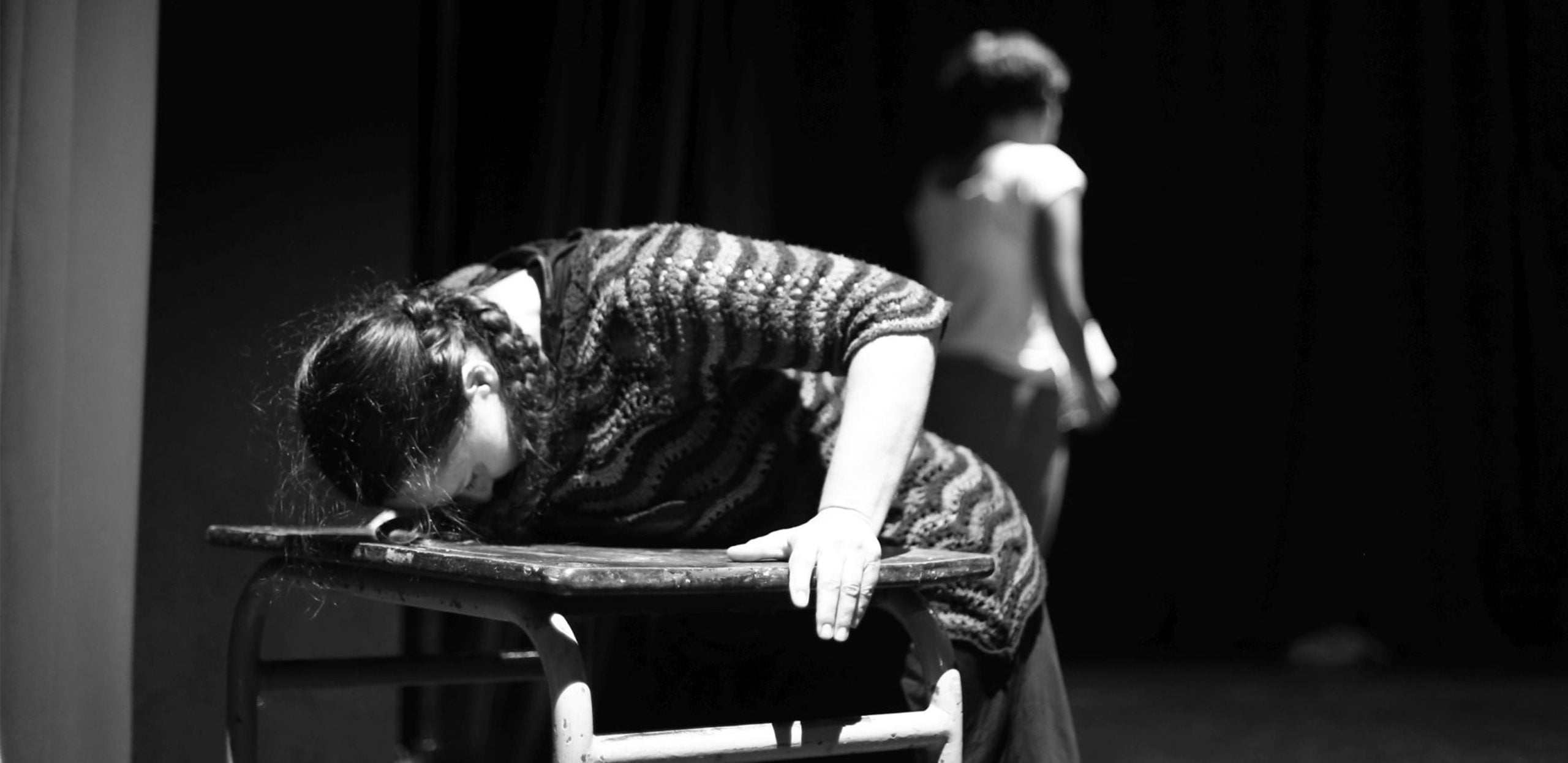“Li/ea/ving project” starts from the verification that the need to leave is increasingly intense in today’s societies around the world.
Needs to escape, to find a way out, to try to live instead of survive.
The title “Li/ea/ving project” plays with the words “living” and “leaving”, living and leaving, as a synthesis of the dialogue it wants to provoke between the creators and the public.
What are the relationships between living and leaving today? Leave to be able to live? Live waiting to leave? Emigrants, refugees, expatriates… all under the label of immigrant in the countries of arrival.
Our societies are increasingly multi-cultural, more complex, and, at least in Western society, there is a feeling that traveling anywhere is simple, that any part of the world is within reach. This leads us, sometimes, to consider travel as the real option to find a better life outside, quickly and seemingly easily.
The need to see the world, the hope of a new life or the need to save themselves, push entire populations to set off.
The vain attempts of host countries to maintain an impossible and debatable balance, and to contain human migrations, often make these journeys difficult and dangerous, even once the desired destination has been reached.
“Li/ea/ving project” wants to be an exploration of the vision of the Exodus from as many societies as possible, contrasting them with the vision that we, as Catalan and European citizens, have. Through this exploration we want to generate spaces for dialogue between the public and creators from all over the world.
In the li/ea/ving project the creative process is alive, allowing the proposal to breathe and advance in each public presentation and with the contributions of each participating creator. The public thus receives a live, close and site-specific experience.
The dramaturgical tools and images created in Barcelona will be the starting point of these creative processes that will give unique pieces, just as unique are the work teams that will be generated.
The aim is not to show the same piece, with the exact same texts and scenes, but to take the risk and start from the experience of each creative group to develop a site-specific proposal.
